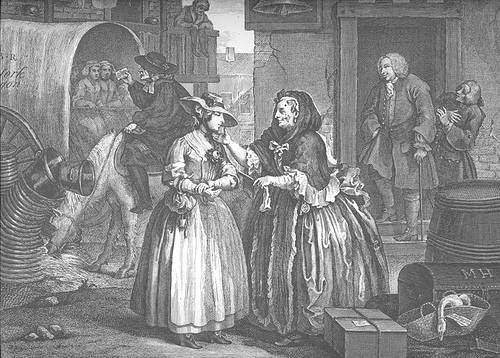Psychological diagnoses of inhabitants of the Hundred Acre Wood, according to an article published in the Canadian Medical Association Journal, 2000:
- Winnie-the-Pooh: ADHD, inattentive subtype; OCD (provisional diagnosis); borderline intellectual functioning (Very Little Brain)
- Piglet: Generalized anxiety disorder
- Eeyore: Dysthymic disorder
- Rabbit: Narcissistic personality disorder
- Owl: Reading disorder
- Tigger: ADHD, hyperactivity-impulsivity subtype
“Pooh needs intervention,” the authors conclude. “We feel drugs are in order. We cannot but wonder how much richer Pooh’s life might be were he to have a trial of low-dose stimulant medication. With the right supports, including methylphenidate, Pooh might be fitter and more functional and perhaps produce (and remember) more poems.”




